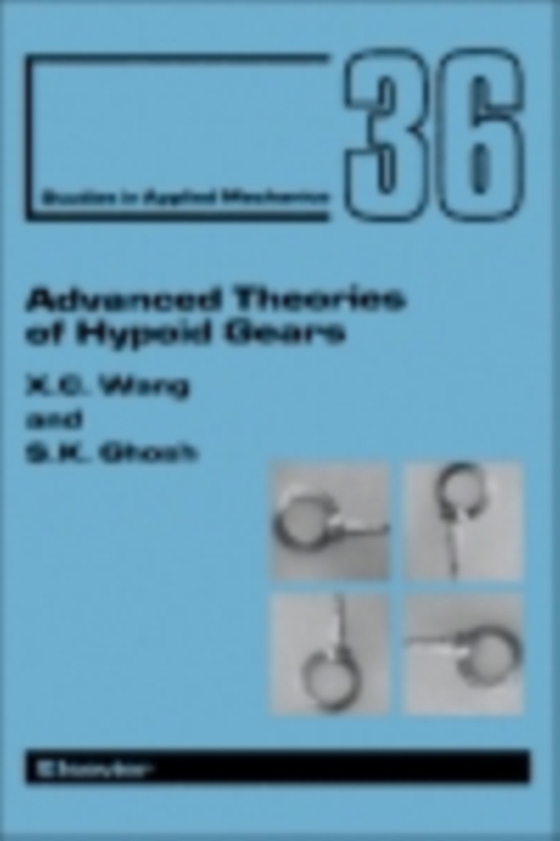
Advanced Theories of Hypoid Gears e-bog
473,39 DKK
(inkl. moms 591,74 DKK)
In order to develop more efficient types of gears, further investigation into the theories of engagement is necessary. Up until now most of the research work on the theories of engagement has been carried out separately on different groups, and based on individual types of profiles. This book aims at developing some universal theories, which can not only be used for all types of gears, but can...
E-bog
473,39 DKK
Forlag
Elsevier Science
Udgivet
22 oktober 2013
Genrer
PBMP
Sprog
English
Format
pdf
Beskyttelse
LCP
ISBN
9781483290393
In order to develop more efficient types of gears, further investigation into the theories of engagement is necessary. Up until now most of the research work on the theories of engagement has been carried out separately on different groups, and based on individual types of profiles. This book aims at developing some universal theories, which can not only be used for all types of gears, but can also be utilized in other fields such as sculptured surfaces. The book has four characteristics: the investigations are concentrated on mismatched tooth surfaces; all the problems are dealt with from a differential geometry point of view; most theories and algorithms are universal in application; and the algorithms are easy to follow and can be used in real situations. In the process of developing the algorithms, the authors have introduced some mathematical methods which are believed to be innovative with regard to the theories of engagement known so far. A theoretical treatment is presented throughout the book, supported by numerical examples and experiments. With the computer programs listed at the end of the volume, any of the proposed methods can be easily utilized in practice.The book is intended for postgraduate students, lecturers, professors, or research staff in mechanical/manufacturing engineering, mathematics and R & D departments of research institutes and universities. It will also be useful for engineers working in the gear manufacturing sector of industry.
 Dansk
Dansk

